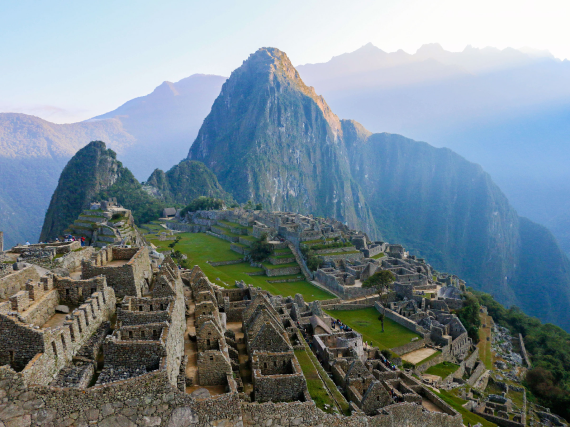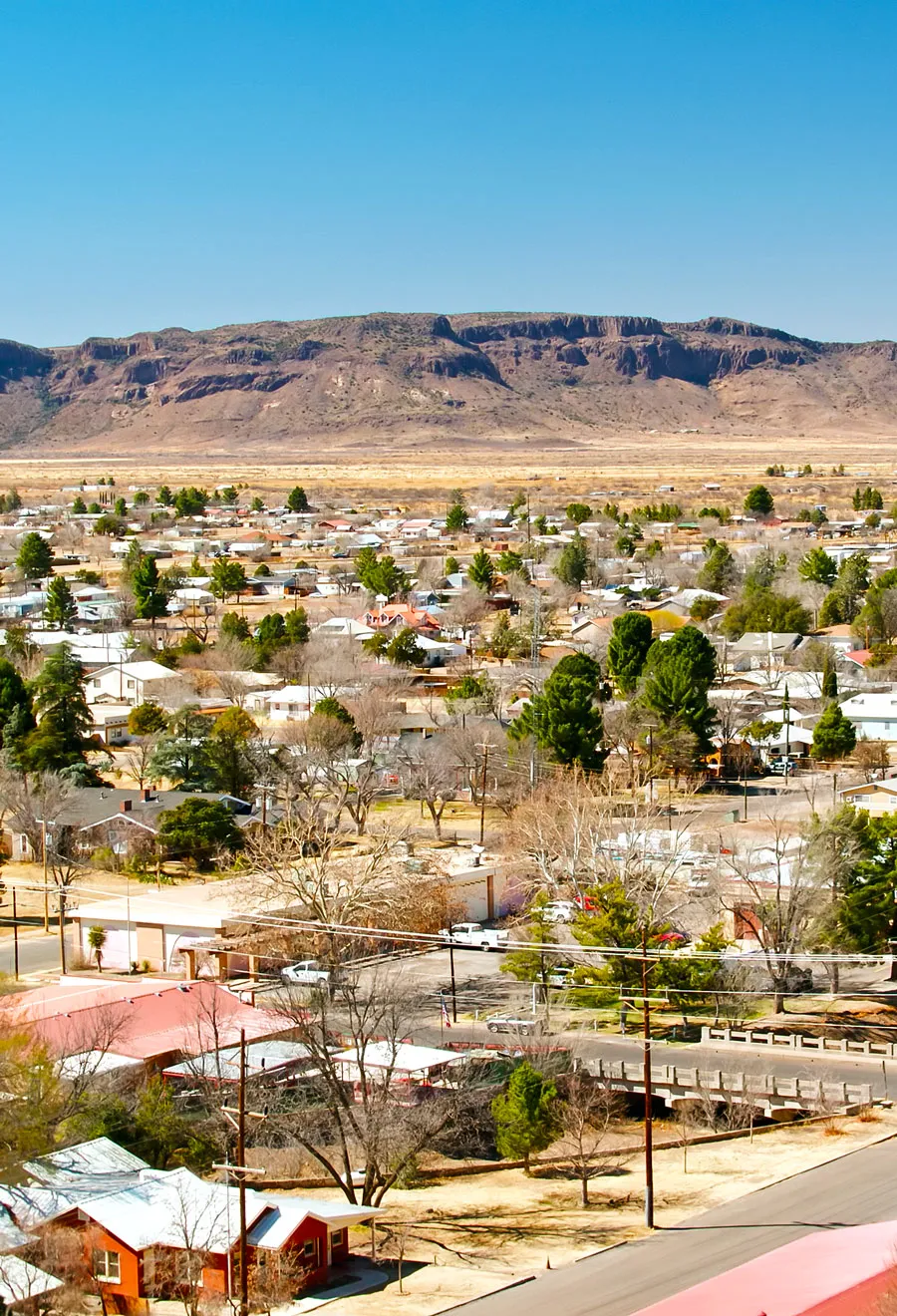A deep dive into an area’s geography can be revealing, particularly when it unlocks the backstories of the historical, physical, and political factors that shaped it. In the United States, it’s often the case that exploring the nation’s geographical boundaries offers a fascinating window into the past. To that end, let’s take a look at the reasons why Alaska and Louisiana don’t have counties, while the remaining 48 states do.
What Are Counties?
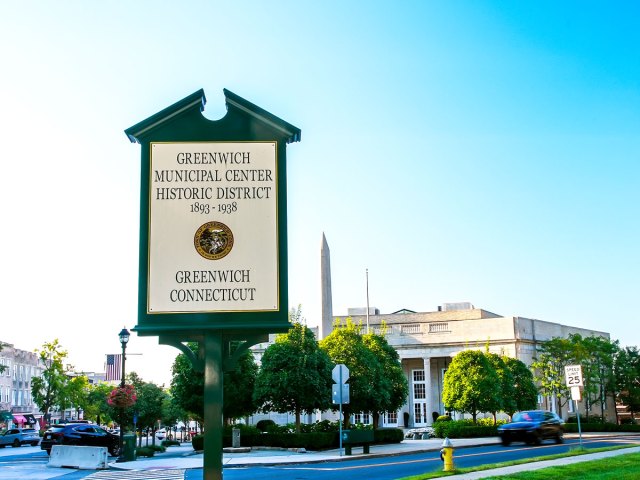
In the U.S., states are usually divided into smaller pieces of territory called counties. In general, counties are responsible for overseeing governmental functions such as education, road maintenance, and law enforcement. Rhode Island is a notable exception; its cities and towns bear responsibility for those matters. Similarly, in Connecticut, counties have simply been geographical regions since 1960; before that, their limited powers included managing the state’s jails and liquor licenses.
Alaska’s Boroughs
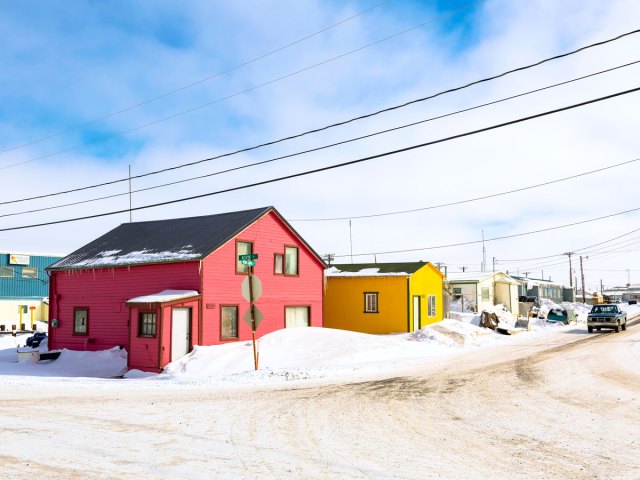
In Alaska, instead of counties, you’ll find boroughs and census areas. When the state joined the Union in 1959, those in charge saw a chance to do things a little differently. Rather than adopt counties, Alaska chose to name them boroughs and defined what services and tasks they were (and were not) responsible for.
While boroughs function similarly to counties, the reason the state government chose a different path was largely because “Alaska did not have a large enough population to merit a county government like those in the Lower 48, which have significant tax bases and budgets,” Stephen Haycox, emeritus professor of history at the University of Alaska Anchorage, said in an interview with the Anchorage Daily News.
Today, Alaska has 19 organized boroughs, equivalent to counties elsewhere in the U.S., which amount to a little less than half of the state’s land area. Approximately 80% of Alaska’s population live in just five boroughs, with the largest concentration settled in Anchorage. In addition, there is one unorganized borough covering the remaining 56% of the state (323,440 square miles), which is subdivided into census areas for the purpose of gathering statistics.
There are four types of boroughs in Alaska. Those classed as Unified Home Rule and Non-Unified Home Rule can essentially pass their own legislation. Then, there are two types of General Law boroughs, which operate under state law. First Class General Law boroughs have more powers than Second Class General Law boroughs, in areas concerning whether they need voter approval to make changes, for example.
Interestingly, at about 95,000 square miles, North Slope — Alaska’s northernmost and largest borough in terms of area — is bigger than any other county or county-equivalent in the U.S.
Louisiana’s Parishes

In Louisiana, counties are replaced by parishes. To understand why, we need to look into its history. Louisiana, which was claimed by the French in 1682 and ceded to the Spanish in 1763, had administrative boundaries that were associated with the Catholic church; these boundaries corresponded with the area and population served by a parish priest. Louisiana officially adopted the ecclesiastical term from 1807 onwards. For all intents and purposes, parishes are mostly the same as counties elsewhere; it’s just the terminology that differs.
However, the land north of Lake Pontchartrain and east of the Mississippi River is known as the Florida parishes. Much of the present-day state of Louisiana comprises land that formed part of the Louisiana Purchase in 1803, when the territory became part of the United States. But some territory was added later, as is the case with the Florida parishes, which — as the name suggests — were previously part of Florida.
Interesting Facts About U.S. Counties
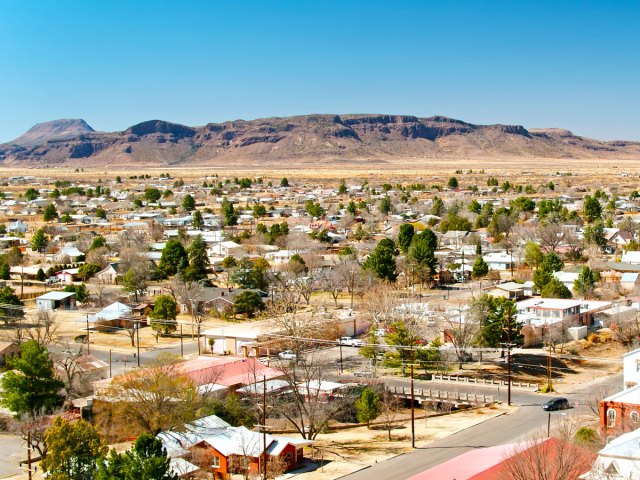
Texas has the greatest number of counties of any U.S. state (254), while Delaware has the fewest (three). The smallest county in America is Arlington County in Virginia, encompassing just 26 square miles, while Los Angeles County in California is the most populous, with a population of nearly 10 million. In fact, more people live in L.A. County than in some entire U.S. states. Interestingly, the city of St. Louis, Missouri, isn’t in St. Louis County; the city chose to become independent in 1876.
The government offices in U.S. counties are located in what’s termed the county seat. Mostly, it’s the biggest city in the county, but not always. Sometimes, there’s more than one county seat. For example, 10 Mississippi counties, such as Harrison County, have multiple county seats.
The Case of New York City

Lastly, you may know that New York City consists of five boroughs — Manhattan, Brooklyn, Queens, the Bronx, and Staten Island — but did you know these are also counties? Their names are, respectively, New York, Kings, Queens, Bronx, and Richmond counties. Though many cities in the U.S. incorporate multiple counties, in this case the boundaries of the two align perfectly, which is unusual. The County of the Bronx was previously part of Westchester County and New York County before being recognized independently in 1914.
More from our network
Daily Passport is part of Inbox Studio, which publishes content that uplifts, informs, and inspires.

